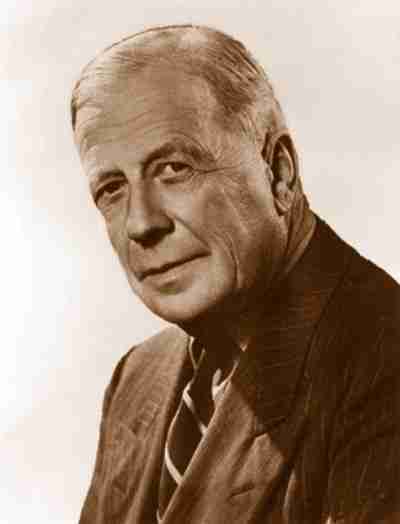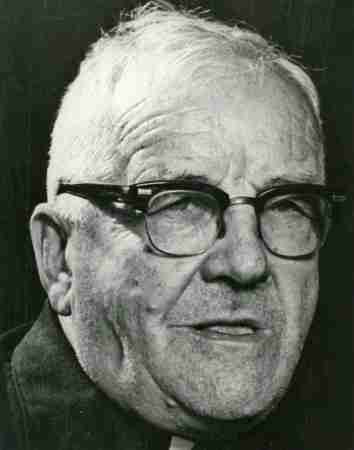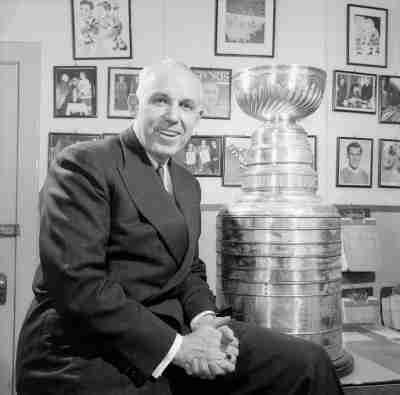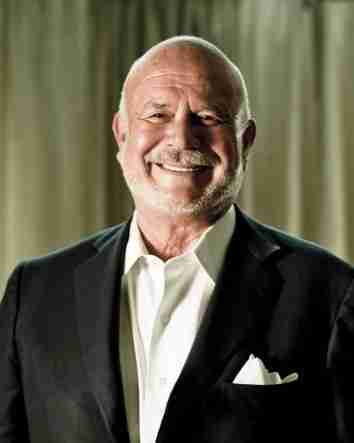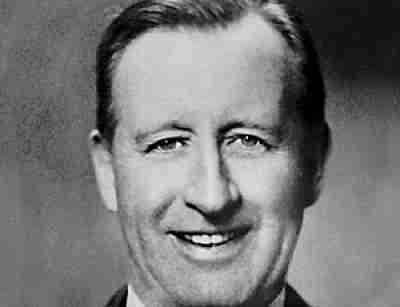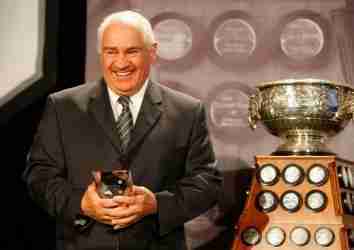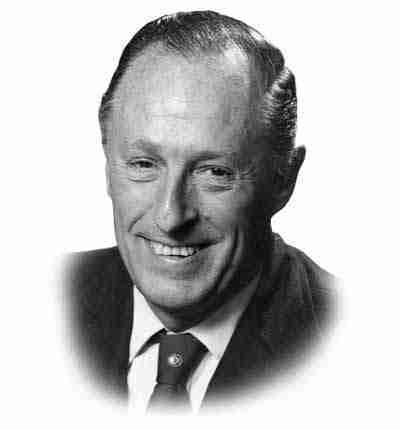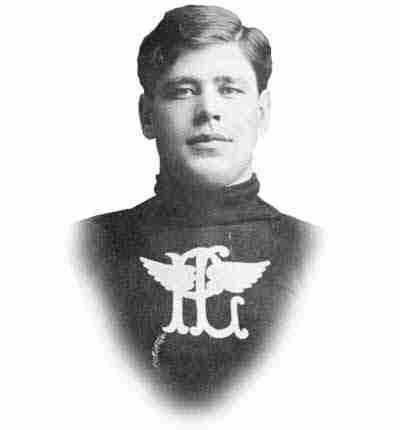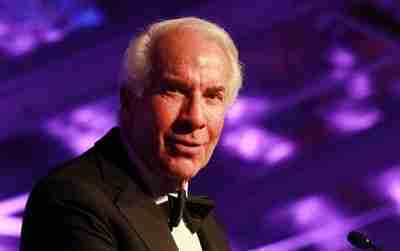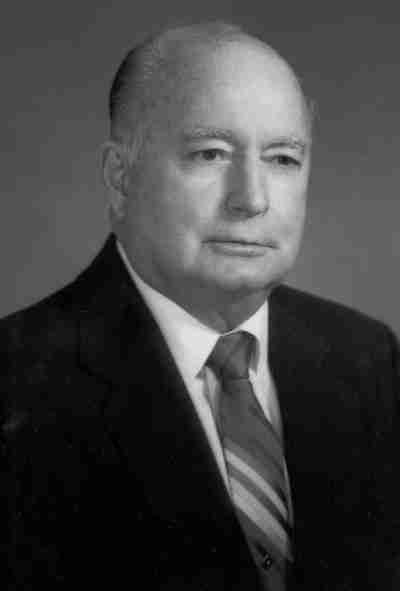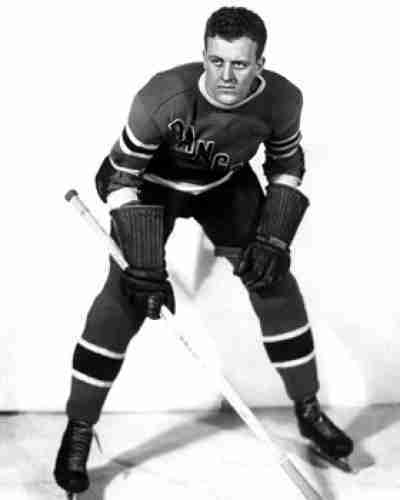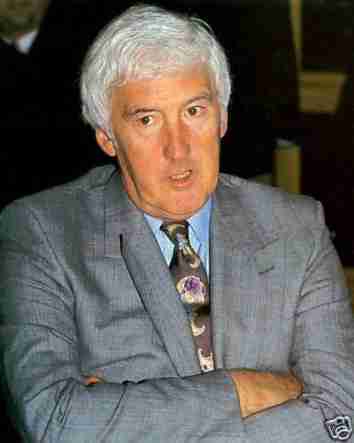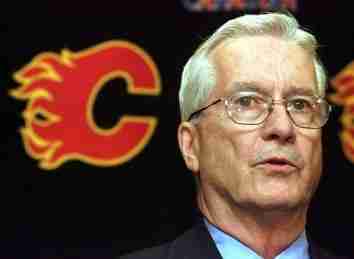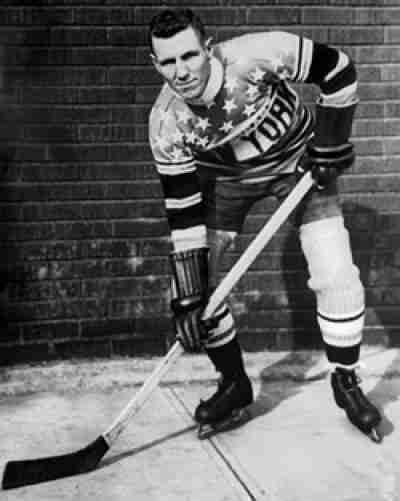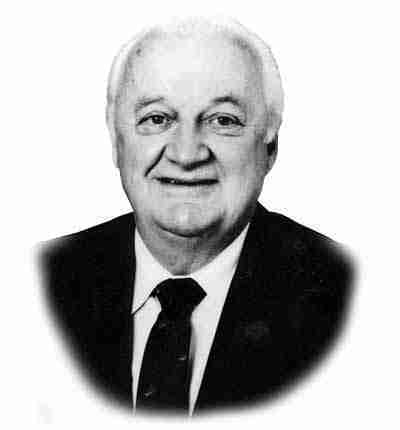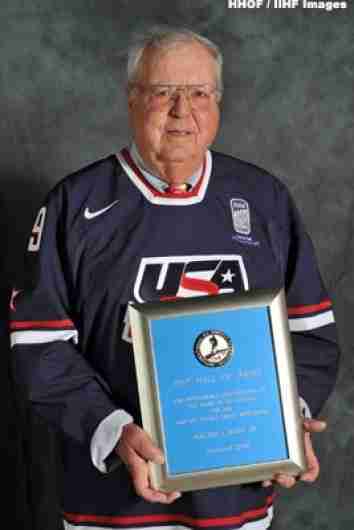Current Hockey Hall of Fame Inductees (383)
Outside of the province of Ontario, how many people are aware of the city of Kingston? Let’s take that a step further. How many outside of Canada know about this place? We will wager that it isn’t a lot, and those that answer that they heard of it, probably are thinking of the version in Jamaica instead. Now had this city on the Northeastern corner of Lake Ontario remained the home of the Hockey Hall of Fame would it have developed a bit of an international flair or enhanced reputation? Maybe it would have been more of a staple of “Canadiana”, as Kingston is the home of the First Canadian Prime Minister, and the unofficial band of Canada, The Tragically Hip. Stands to reason that it would have been a great fit for the unofficial sport of Canada (it is actually lacrosse) and the official passion of the country.With the launch of the Baseball Hall of Fame, the sport of hockey looked to follow suit. Its biggest league, The National Hockey League had a core of seven teams (which was pared down to six in 1942, when the New York Americans suspended operations) was a healthy organization, and though it was only relevant in cold weather climates, it was a sport that already had a long history, and the coveted Stanley Cup; which was then (and still is) the most impressive trophy in the entire sporting world.
The biggest proponent of an institution recognizing hockey excellence was a Canadian named James T. Sutherland. Born in 1870 (in Kingston naturally), Sutherland played as much hockey as he could and was a member of the Athletic Club of Kingston which was part of what was believed to be the first organized league the sport had. He would later form the Kingston Frontenacs, who would participate in the Ontario Hockey Association and would eventually become the Leagues president. Captain Sutherland (a rank he would achieve serving for Canada in World War I) would create the Memorial Cup; a trophy honoring those who fought in the Great War and to be given to the top Junior team in Canada. Incidentally, this is still the same trophy given to the team that wins the post season tournament in the Juniors in Canada.
Once the National Hockey League and the Canadian Amateur Hockey Association agreed to mutually put together a Hall, Sutherland (who had also served as the President of the CAHA) fought for Kingston to be its home. It was not just because he was a native of the city, but because he legitimately believed that Kingston was the rightful birth of modern hockey (which is near impossible to prove). Regardless of where hockey began, Kingston was to be pegged as its home.
Although construction had yet to begin on the facility, the first class was selected in 1945 which inducted nine players. It also had a “Builders” category which honored those who helped develop the game. As we look at those who are inducted to this institution, we will do so chronologically. Let’s take a ride on Hockey’s highway shall we?
Lloyd Turner may not have been a great hockey player, but he did everything he could to expand the game that he loved. Turner started two teams in Calgary and Edmonton which would become the foundation for the Western Canada Hockey League and would manage multiple teams in the area. Subsequently, he would build rinks across the country further enabling the growth of the game. Later,…
Why do feel wrong questioning the credentials of a Monsignor for the Hockey Hall of Fame? It is not that Monsignor Athol Murray did not do a lot for sports in Saskatchewan as he did for the young boys in Saskatchewan when he went there. He developed many athletic programs, including that of Hockey in the Notre Dame College in the province. As such, many…
Initially a referee in the National Hockey League (who was assigned to referee some very important games), Clarence Campbell was moved to the office and was groomed to be the heir apparent to take over the Presidency of the NHL. The plan was temporarily derailed as Campbell joined the Canadian military to serve in World War II (in which he rose from Private to Lt. Colonel)…
Peter Karmanos Jr. brought hockey to the Carolinas when he moved the Hartford Whalers south and renamed them the Carolina Hurricanes. While the people in Connecticut may still despise him, he is very well respected within hockey circles and he proudly hosted the Stanley Cup in 2006.
Unarguably the best player in the history of the history of the Colorado Avalanche franchise, Joe Sakic spent his entire career with the team (including when it was in Quebec City) and scored over 1,600 points there. His most productive season was in 2000-01 where the Avs Captain won the Hart Trophy, the Lady Byng and carried the Stanley Cup for the second time. Overall,…
Tommy Gorman’s family purchased the Ottawa Senators, and gradually Tommy worked his way up the ranks to the point where he ran the franchise. Gorman was part of the group that formed the National Hockey League in 1917 and he would become the manager and part owner of the Senators that won three Stanley Cups. After selling his interest in Ottawa, he would become the…
This is not one of our favorite inductions in the Hockey Hall of Fame builder category. Jim Gregory was a competent executive for the Toronto Maple Leafs in the 1970’s, and would later become the Director of Central Scouting, and the Executive Director of Hockey Operations. He would also later become the Chairman of the Hockey Hall of Fame Selection Committee in 1998, and while…
Seymour Knox is the man who brought the National Hockey League to the city of Buffalo. Knox initially sought a franchise in the first wave of NHL expansion in 1967, but had to wait until 1969 for the second wave. His franchise was dubbed the Sabres, and they instantly became a fixture in the Western New York sporting world. The Sabres made the Stanley Cup…
A decent Hockey player himself, Jack Gibson entered the Hockey Hall of Fame in the builders category for his early organizing ability during the infancy of organizing the game. Gibson starred, and recruited and formed a very good Portage Lake squad, but it was in Northern Michigan where his contributions to the game really came to life. Gibson was the brainchild behind the International Hockey League,…
The powerful “Broad Street Bullies” had a few entries to the Hockey Hall of Fame, but often forgotten amongst the players is the owner of the team that put it together. Ed Snider was the owner of the Philadelphia Flyers, the first expansion team to win the Stanley Cup. He was not just an owner of a hockey team, but a supporter of the sport…
Slowly working his way up the American Hockey League’s organizational ladder, Jack Butterfield would become the man that ensured that league’s survival. It was because of Butterfield that the AHL would be set up as the primary minor league in North America, and the defacto feeder system to the NHL. His work as an administrator also translated to the economic side, as he was able to…
We are not sure that a man named the only the 27th Greatest New York Ranger of All time is a Hall of Famer. It is not that we do not respect the accomplishments of Lynn Patrick, as he was a solid part of the Rangers 1940 Stanley Cup win, and as the son of Hockey Hall of Fame great, Lester Patrick, he was seemingly…
Cliff Fletcher may have only won one Stanley Cup, but he brought a brilliant hockey mind to various clubs and brought them a lot closer to the dance than they would have had without him. Fletcher first arrived in the NHL with the St. Louis Blues as he worked his way from Scout to General Manager, and a lot of his work in the background…
Harley Hotchkiss was part of the consortium that brought (or rescued) the Flames from Atlanta and brought them to Calgary. He also worked to build the Saddledome, which was built for the Calgary Flames and served as the Hockey venue for the 1988 Winter Olympics. Likely what secured Hotchkiss’ Hall of Fame induction was his long serving tenure as the Chairman on the NHL’s Board…
The second of two Veteran’s Category inductees in the 1994 Class, Harry Watson entered the Hall with a decent resume as a five time Stanley Cup champion and a seven time All-Star game participant. Watson was a decent scorer and rarely made mistakes, but his overall performance was usually as a complementary player and not necessarily as the top star. Granted, he did play in…
Wilfred “Shorty” Green actually wasn’t that short (he was 5 ft 10) but his slender frame made him appear so. Green was an amateur star and joined the pro ranks relatively late, but he was an instant leader on his team and a fan favorite for his hard hitting style despite his small frame. Green’s offensive production though is not one that resembles a Hall of Fame…
Although Jake Milford never won the Stanley Cup, he was considered one of the top executives in the NHL during his tenure. Milford was a successful General Manager winning the Central League Title four times. Moving up to the big dance, he took over the GM position with the Los Angeles Kings and took them to their best record in the league. He would do the…
Walter Bush was one of the great administrators in American Hockey history. Bush was part of a group that formed the Central Hockey League and was instrumental in helping to bring the NHL (in the form of the Minnesota North Stars) to his home state. Bush would also become the President of U.S.A. Hockey for nearly two decades and was a key figure in bringing…
You would think that as the son of Hockey Hall of Fame legend, Bobby Hull, that the shoes would be impossible to fill, but Brett Hull not only had a Hall of Fame career on his own, he even managed to eclipse some of his father’s career numbers.
Ed Chynoweth worked his way up the administrative ranks in the Saskatchewan Junior Hockey programs and would become the first President of the Western Hockey League. He did not just grow the sport in Western Canada, but forged a partnership with the OHL and QMJHL which led to the formation of the Canadian Hockey League. His role in growing Junior Hockey in Canada cannot be…


